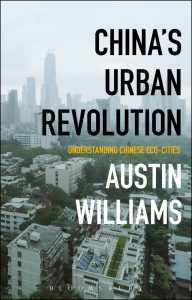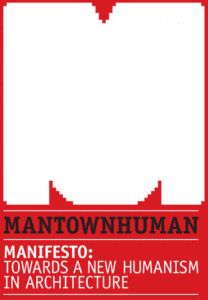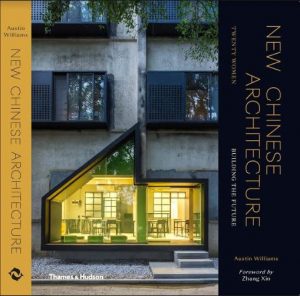Challenging the Orthodoxies debates
Mantownhuman aims to establish new forums for critical exchange within the profession, creating an autonomous environment in which to develop inquiry and engage with the future direction of architecture. In partnership with BDP and Building Design magazine, the ‘Challenging the Orthodoxies’ debates focussed on three central issues facing architects and designers.
The Carbon Footprint Fetish:
Architecture and climate change
According to companies like CarbonClick, whatever the uses and abuses of climate research lately, buildings are still said to cause 40 percent of carbon emissions. As such, architects see themselves at the forefront against global warming. But why do most contemporary solutions involve evermore constraints? Indeed, it is now common to hear the argument that more restrictions aid creativity. Doesn’t more freedom aid creativity?
This, the first of three mantownhuman debates asks: Should architects not maximise – rather than minimise – their footprint?
Provocateur: Austin Williams, director, Future Cities Project; founder mantownhuman
Respondents: Ken Yeang, Director at Llewelyn Davies Yeang; Charlie Peel, RIBA Building Futures; author, “Facing Up to Sea Level Rise”; Mayer Hillman, Senior Fellow Emeritus at the Policy Studies Institute; Chair, Global Commons Trust; Craig White, founding Director of White Design;
Chair: Michael Owens, Senior urban regeneration expert; former head of development policy, London Development Agency
Read Austin Williams’ report of the Carbon Footprint Fetish here
Design Like You Give A Dam:
The benefits of ‘socially irresponsible’ design
Nowadays ‘architecture’ and ‘design’ are regularly prefixed with words like ‘inclusive‘, ‘participatory‘, ‘community-centred‘, ‘sustainable‘, ‘ethical‘, ‘ecological‘, ‘efficient‘, ‘carbon-neutral‘, ‘socially-engaging‘ or ‘environmentally-responsible‘. This discussion will explore why the mere act of designing has taken on such a moralistic mantle?
Whether for local empowerment, better governance or behaviour change; should designers play politics?
Radical, challenging or experimental architecture always kicked against the mainstream standards of the day. The question is whether ‘responsible design’ is anything more than architects acting out the government’s inclusion and well-being policies. Architecture as quangocracy. Isn’t ‘responsible architecture’ the equivalent of ‘sensible shoes’?
This, the second of three mantownhuman debates asks: What’s so good about being virtuous?
Opening remarks: Karl Sharro, Senior Associate Partner, PLP Architecture;
Respondents: Tim Abrahams, Associate Editor, Blueprint; Melissa Kinnear, General Manager. Architecture Sans Frontieres; Katherine McNeil, Trustee, Architecture for Humanity UK;
Chair: Michael Owens, Senior urban regeneration expert; former head of development policy, London Development Agency
Listen to Karl Sharro’s opening remarks here
Shoot The Messenger:
Evidence-based architecture
How often have you heard the phrase ‘research shows’ as a way of defending a project? “Research shows”, they seem to say, “that this design is unimpeachable”. Is “research” a way that building designers can avoid having to defend their work in its own terms?
For instance, in order to leverage money for green spaces, CABE research is commonly cited to show that ‘a walk in the park… has been proven to reduce the risk of a heart attack by 50 per cent’. But what does this assertion really mean? Similarly BDP argue that large windows have ‘been proven to improve the speed of learning’ – but is that regardless of the quality of the teaching? Nowadays, engineers suggest that fresh air ‘increases performance’; and designers insist that views of nature improves your health. Apparently, good architecture even “makes you feel happy”. Is this research or New Age mysticism?
This third of three mantownhuman debates explores what research means; whether correlation is the same as cause; and will examine whether architects rely too much on research – and junk science – to justify their work?
Opening remarks: Alastair Donald, Martin Centre for Architectural and Urban Studies at University of Cambridge
Respondents: John McRae, director, ORMS Architecture Design (Building Better Healthcare Award winner); Harry Rich, chief executive of the RIBA; former deputy chief executive of the Design Council; Sebastian Macmillan, author of Designing Better Buildings, CABE’s The Value Handbook and Course Director, Interdisciplinary Design for the Built Environment, Cambridge University;
Chair: Michael Owens, Senior urban regeneration expert; former head of development policy, London Development Agency
Read Alastair Donald on the disaster of Evidence Based Design here






